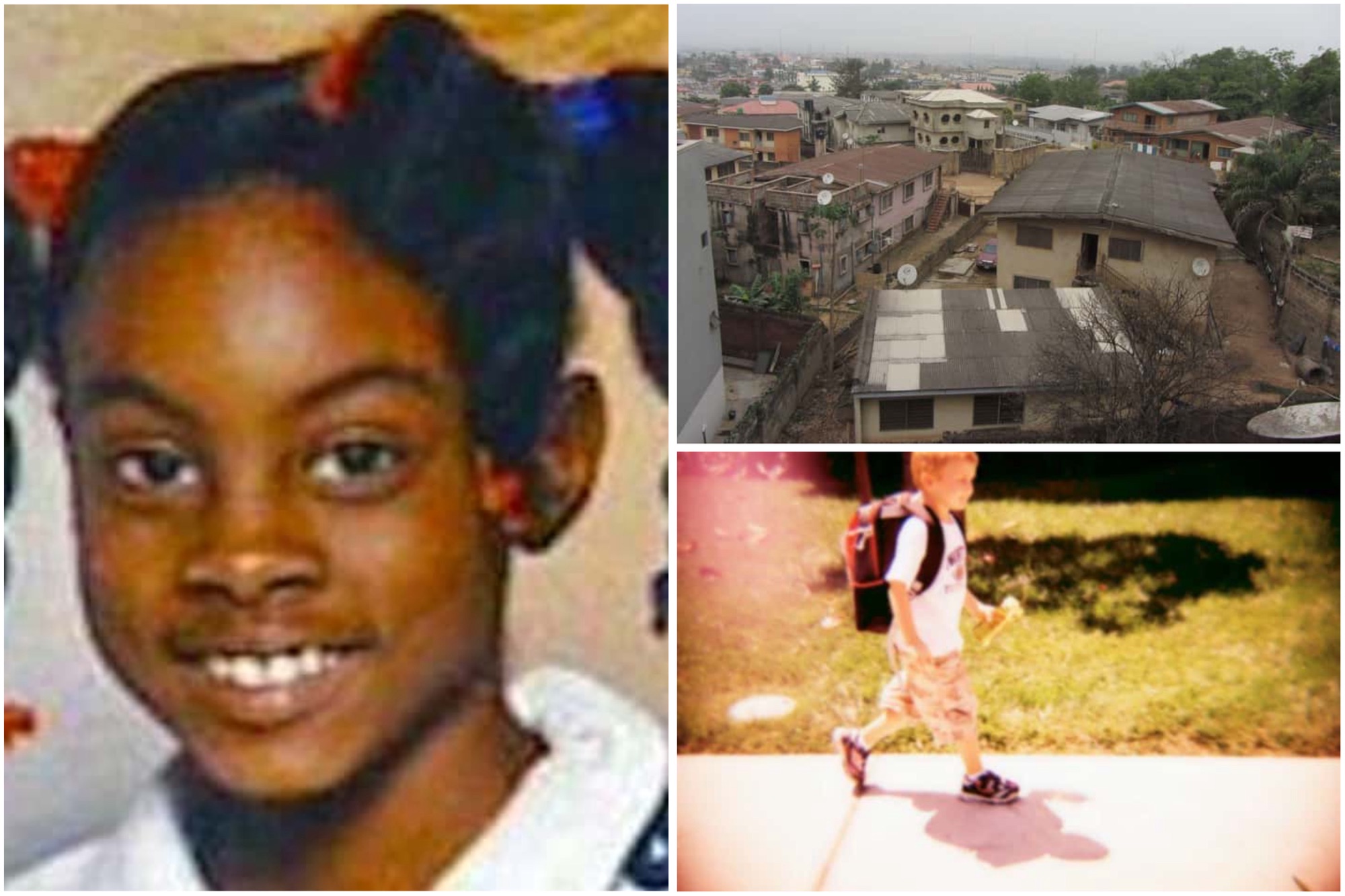Crime dramas on television and in film often portray even the most complex cases as relatively easy to crack. After a few scenes of frustration, the expert CSI agent or forensic scientist typically makes a key breakthrough—whether it’s from analyzing a hair sample, tracing cellphone data, or pressuring a witness to confess. The heroes frequently confront corruption within their ranks, ensuring that justice is served and the day is saved.
While these storylines are gripping, they often diverge from the harsh realities of actual criminal investigations. What happens when a killer leaves behind a pile of clothing covered in DNA, yet investigators still can’t identify the culprit? Or when corrupt law enforcement officers manipulate evidence without fear of being caught? Or when a serial killer terrorizes a city, evading detection for years?
In contrast to the neatly packaged solutions in fictional crime dramas, these real-life cases present chilling mysteries that remain unsolved, despite the evidence left behind.
10. An 18-Year-Old Went Missing, Leaving Behind His Car With A Puppy And Lipstick Drawing On The Back Window

On January 2, 2000, 18-year-old Zebb Quinn, an employee at Walmart, met coworker Robert Jason Owens to discuss a potential car purchase in a nearby town outside Asheville, NC. Quinn followed Owens in his Mazda Protege, and the two made a stop at a convenience store for sodas—the last time Quinn was seen alive. Although Owens was charged with Quinn’s murder in 2017, the teen’s body has never been located.
The circumstances surrounding Quinn’s disappearance remain unclear. Four days later, his car was discovered in a Little Pigs Barbecue parking lot, but instead of providing helpful clues, the vehicle raised more questions. The Mazda was left with its headlights on, and a lipstick drawing of a mouth with an exclamation point adorned the back window. Inside, investigators found a live Labrador retriever puppy, several drink bottles, a jacket not belonging to Quinn, and a keycard from an unknown hotel. Witnesses reported seeing a mysterious woman driving the car around town.
The plot thickened when a composite sketch of the unidentified female driver bore a striking resemblance to Misty Taylor, a young woman Quinn had befriended weeks earlier. When questioned, Owens claimed Quinn had received a pager message from his aunt and needed to return home urgently. However, Quinn’s aunt, Ina Ustich, stated she had been at dinner with her friend Tamra Taylor—Misty’s mother—and had not made the call. That same night, Ustich’s house was broken into, though nothing was stolen; she reported that items were out of place. Misty and her abusive boyfriend, Wesley Smith, were also present at Ustich’s home during the dinner.
Although authorities suspected Owens had a role in Quinn’s disappearance, they lacked sufficient evidence for an arrest. The investigation took a dramatic turn on March 17, 2015, when Owens was arrested for the murders of Food Network Star contestant Cristie Schoen Codd, her unborn child, and her husband, Joseph. He was convicted on three counts of murder and two counts of dismembering human remains. During this investigation, officials discovered a “fish pond project” that Owens had been working on up until the day Quinn disappeared. When investigators broke through the cement covering the abandoned project, they found fabric, unidentifiable hard fragments, and several bags of a powdery substance resembling pulverized lime or powdered mortar.
9. The discovery of 11 women’s bodies in the desert led investigators to identify the West Mesa Bone Collector as the prime suspect.
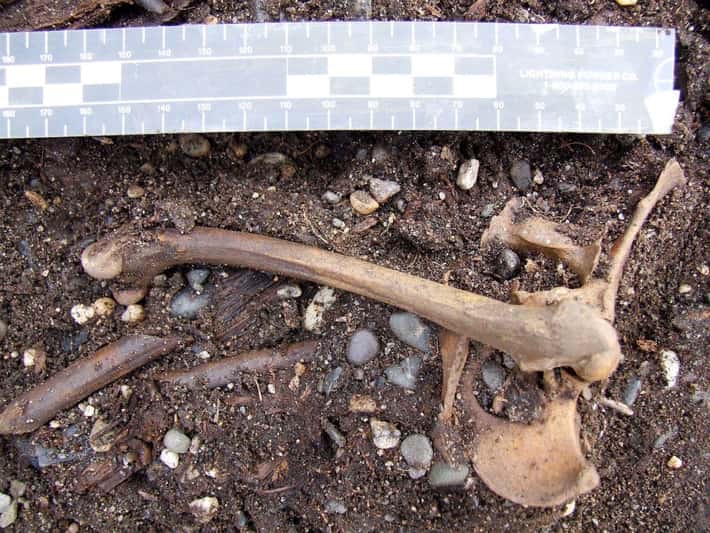
In February 2009, Christine Ross was walking her dog, Ruca, near a dried-up wash in Albuquerque, NM, when Ruca uncovered what looked like a human bone. Fearing the worst but hoping for the best, Ross took a photo and sent it to her sister, a registered nurse. After her sister confirmed it was indeed a human femur, Ross promptly contacted the Albuquerque Police Department. This grim discovery led to a search of the area, where authorities unearthed the remains of 11 women aged 15 to 32.
The West Mesa m*rders, as the case came to be known, represented one of the most shocking discoveries in Albuquerque’s history. Forensic experts took nearly a year to identify the victims, all of whom were Hispanic young women who had gone missing between 2001 and 2005. Most of the victims had connections to s*x work or s*x traffick!ng, making them vulnerable targets for a potential serial k!ller. Some of the women had not even been reported missing by their families when their remains were identified.
Despite extensive investigations, FBI agents were unable to apprehend the perpetrator, referred to as the “West Mesa Bone Collector.” Many believe he fled the area long before Ruca unearthed the first body. Authorities did manage to construct a timeline of the last known whereabouts of each young woman, but the details surrounding their time and cause of death remain elusive.
While profiles of two potential suspects emerged, neither left sufficient evidence at the scene to conclusively link them to the murders. Fortunately, both men are no longer active in Albuquerque. Joseph Blea is serving a life sentence for s*xual assault and had known several of the women found in the wash; he also possessed jewelry that may have belonged to the victims. Lorenzo Montoya was killed by an enraged boyfriend after it was revealed that Montoya had str*ngled and m*rdered his girlfriend, a dancer.
8. DNA Evidence Only Further Confused The Case Of ‘The Yogurt Shop M*rders’

On December 6, 1991, Eliza Thomas and Jennifer Harbison finished their shift at I Can’t Believe It’s Yogurt! in Austin, TX. They were joined by Jennifer’s sister, Sarah, and their friend, Amy Ayers, so they could head home together. Tragically, the four teens were tied up, sh*t in the head, and the perpetrators set the shop on fire to eliminate evidence. Investigators suspect at least two men were involved, but they were never identified or apprehended.
Witnesses recalled seeing two unfamiliar men in the shop, ordering drinks instead of frozen yogurt, which raised suspicions. In their desperation for leads, police even hypnotized suspects and witnesses in hopes of uncovering new information. For eight years, the case remained unsolved.
In 1999, detectives revisited an old lead involving a teenager named Maurice Pierce, who had been arrested for carrying a gun near the yogurt shop the day after the m*rders. Lacking sufficient evidence, he was released, along with his friends Robert Springsteen, Michael Scott, and Forrest Welborn, who had also been questioned. When law enforcement called the suspects back in for questioning eight years later, Springsteen and Scott confessed to the murders and implicated their friends as accomplices. However, they later recanted their confessions. Pierce and Welborn were released due to insufficient evidence.
Initially convicted for the murders, Scott and Springsteen’s sentences were overturned on a courtroom technicality. Despite this, law enforcement and the public remained convinced that the four young men were responsible for the crime.
As DNA technology progressed, prosecutors ordered retesting of the vaginal swabs taken from the victims in 2009, hopeful for a breakthrough. Instead, the results yielded a partial DNA profile that did not match any of the four suspects. Consequently, Scott and Springsteen were released from prison, and the case remains unsolved.
7. The Beaumont children vanished in 1966, becoming Australia’s longest-running missing persons case.

On a scorching summer day in Adelaide, Australia, three siblings—Jane, Arnna, and Grant Beaumont—boarded a train to Glenelg Beach, just five miles away. Although they were unaccompanied, they were familiar with the routes. It was Australia Day, January 26, 1966, and the beach was teeming with holidaymakers seeking relief from the heat. Nancy Beaumont expected her children to return on the noon or 2 PM buses, but when their father, Jim, arrived home from work at 3 PM and they were still missing, concern began to grow. Jim drove to the beach in search of them, but the young Beaumonts, aged 9, 7, and 4, were never seen again.
After searching the neighborhood and returning from the beach empty-handed, Jim and Nancy reported their children missing and offered a $250 reward for any information. Many beachgoers recalled seeing a sun-tanned man in his 30s leading the children away from the water, noting that the kids appeared to know him. Nancy remembered her children joking about “Jane’s boyfriend” at the beach, which now took on a darker significance.
Investigators created a sketch of the man and showed it to hundreds of witnesses, but no promising leads emerged. In a desperate attempt for answers, authorities even brought in a clairvoyant from the Netherlands. The clairvoyant claimed to have seen the children at a nearby warehouse close to their school, prompting a local group to raise over $40,000 to demolish and search the site. While animal bones were discovered, no human remains were found.
In 1986, three suitcases filled with newspaper clippings related to the case surfaced, containing ominous notes in the margins. Investigators traced the suitcases to an amateur sleuth, now deceased, who had dedicated years to solving the mystery. Over time, random tips continued to come in from the public, with individuals believing they had spotted the k!dnapper, yet the sun-tanned swimmer remained unidentified. The case is still open today, marking it as the longest-running missing persons investigation in Australia.
6. An assassin k!lled an entire family and then lingered in the house for hours, indulging in ice cream and unwinding.
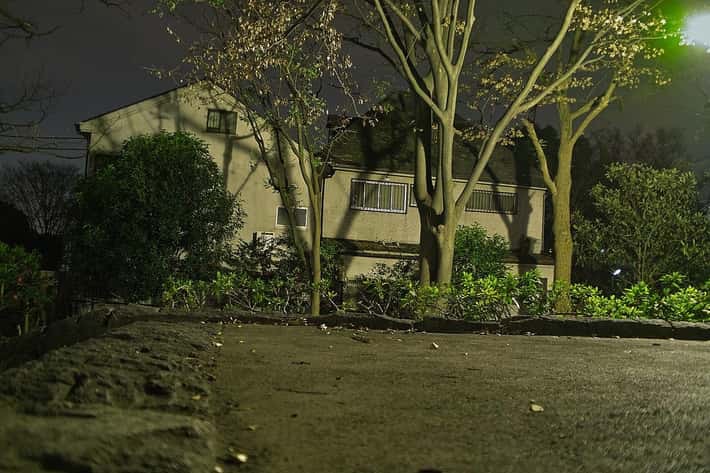
As the world readied to welcome 2001, the Miyazawa family lay lifeless in their home in Setagaya, Tokyo. On December 30, 2000, Mikio, his wife Yasuko, and their 8-year-old daughter Niina were br*tally stabbed, while their 6-year-old son Rei was strangled. When detectives arrived the next day, they discovered evidence indicating the killer had spent several hours in the house after the m*rders, indulging in ice cream, sipping tea, napping on the living room couch, and using the family computer.
The unknown assailant left behind an unusually large amount of evidence, including his clothing and the murder weapon. Investigators initially thought they would quickly identify and apprehend the perpetrator. However, more than 20 years later, the case remains unsolved.
Law enforcement’s struggle to find a suspect is not due to a lack of effort. Approximately 280,000 officers have worked on the case, meticulously examining the k!ller’s clothes, accessories, and weapons for DNA and clues. Even the murderer’s bowel movements, left unflushed in the family’s toilet, were tested to glean insights about his last meal before the attack.
Investigators traced the purchase of the k!ller’s clothing and knife and analyzed bird droppings found on his sweater. They also examined the k!ller’s DNA to determine his ethnicity and ancestral background. Yet, despite these extensive efforts, every lead has ultimately hit a dead end.
5. Timmothy Pitzen vanished after his mother took him out of school for a vacation, a trip that ended trag!cally when she later took her own life.
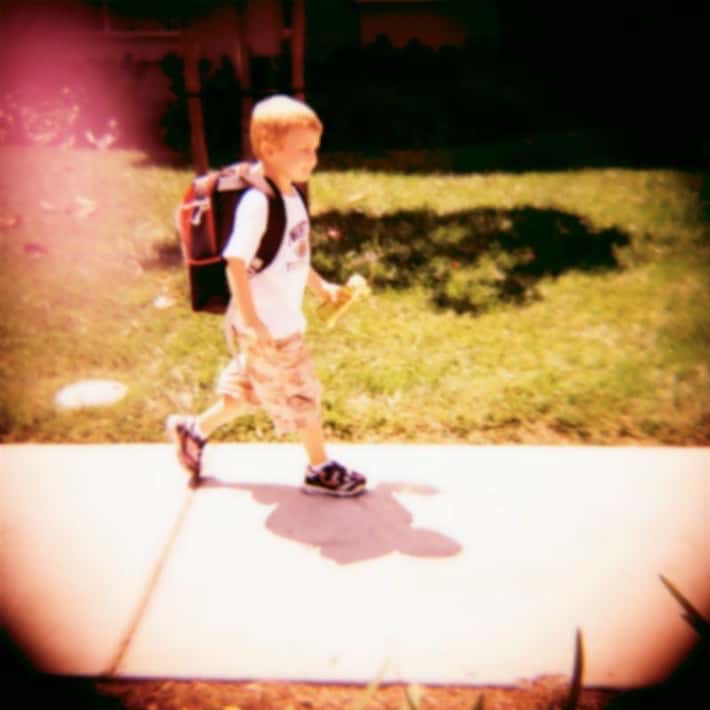
On May 11, 2011, Timmothy Pitzen’s mother unexpectedly took him out of school for a three-day vacation around their home in Aurora, IL. They visited the Brookfield Zoo, the Key Lime Cove Resort in Gurnee, and the Kalahari Resort in Wisconsin. This was the last time they were seen together.
On May 14, authorities discovered Amy Fry-Pitzen’s body in a motel room, where she had taken her own l!fe. She left a note stating that her son was safe, but 6-year-old Timmothy was never found. When police located Fry-Pitzen’s vehicle in a parking lot, they found a disturbing amount of blood in the backseat. DNA testing confirmed it was Timmothy’s, although family members noted he had experienced a severe nosebleed the previous year. The knife used in her su!cide contained only her blood.
Investigators traced her last movements through cellphone records and surveillance footage, pinpointing the final sighting of the pair about 5 miles northwest of Sterling, IL, where Fry-Pitzen made her last call. Her phone, along with Timmothy’s backpack and toys, remained missing for years. In 2019, a teenager claimed to be the missing boy, but DNA testing revealed he was actually 23-year-old Brian Rini, who had mental health issues. He was subsequently sentenced to two years in prison. The fate of Timmothy remains a mystery, leaving open the possibility that he may have met a trag!c end or could still be alive somewhere.
4. In a seemingly quiet Iowa town, two different paperboys were abducted.

On the morning of September 5, 1982, young John David Gosch left his West Des Moines home to deliver newspapers in the neighborhood. After picking up his papers and loading them into his wagon, he vanished without a trace. Multiple witnesses confirmed seeing the 12-year-old retrieving the papers for his route. Concerned neighbors soon called John and Noreen Gosch, worried that their papers hadn’t been delivered. The couple set out to find their son and discovered his wagon two blocks from home, but John was nowhere to be found.
One witness reported seeing John talking to a man in a blue car near the paper drop, while another recalled that John mentioned the man had asked him for directions and was following him. The following year, a woman in Tulsa, OK, claimed she saw John being chased by two men who forcibly took him away. She vividly remembered John yelling, “Please, lady, help me! My name is John David Gosch.”
The situation escalated when another local paperboy, Eugene Martin, was abducted the next year. In response, the Anderson Erikson Dairy company began printing photos of the missing children on their milk cartons. By 1985, this initiative had evolved into a nationwide movement, raising awareness as children across the U.S. recognized the faces of Martin, Gosch, and other missing children who had mysteriously disappeared.
In 1997, Noreen received an unexpected visit from her son, now 27. During their conversation, she inferred that he had been part of a pedophile ring, escaped, and changed his identity out of fear of returning home.
3. Asha Degree, just 9 years old, packed her backpack, stepped out of her home into the rainy night, and disappeared without a trace.
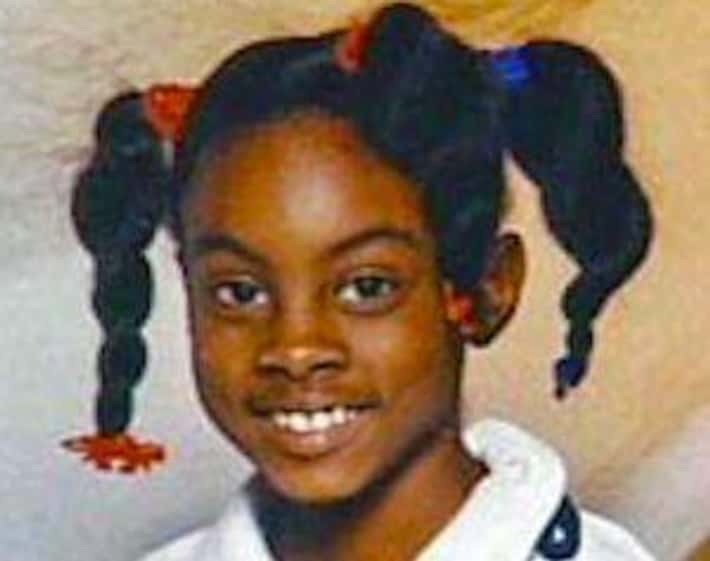
On a rainy night in Shelby, NC, a nearby car accident caused a power outage. At around 2 am, Harold Degree checked on his two children, Asha and O’Bryant, who were asleep in their shared bedroom. Satisfied, he returned to the room he shared with his wife, Iquilla.
The following morning, Iquilla went to wake the children for school and discovered that Asha was missing. O’Bryant, 10, mentioned that he heard his 9-year-old sister’s bed creak during the night but thought she was just moving in her sleep. It was Valentine’s Day, February 14, 2000.
When the police arrived, they found no signs of forced entry. A canine unit searched the area but found nothing. However, two witnesses reported seeing Asha walking near Highway 18 around 4 am. When one of them approached her, she ran into the woods and vanished.
The next day, investigators discovered Asha’s hair bow in a shed and spent a week combing a 2-by-3-mile area for clues, dedicating over 9,000 hours to the search. Despite receiving numerous tips, none led to any breakthroughs. The North Carolina state investigation department joined forces with the FBI, and Asha’s story was featured on national television by Montel Williams and Oprah Winfrey. Yet, it took another year and a half for any significant clue to emerge.
On August 3, 2001, construction workers 30 miles from Asha’s home found her missing backpack, which contained a New Kids On The Block shirt and a school library book, “McElligot’s Pool” by Dr. Seuss. Unfortunately, this discovery did not advance the investigation. While a few inmates claimed to know who killed Asha and where she was buried, these leads ultimately went nowhere. As of June 17, 2021, Asha remains missing, and the reasons behind her departure on that stormy night remain a mystery.
2. A Family Was Br*tally M*rdered in Their Home While Three Children in the Adjacent Room Slept Through the Ordeal
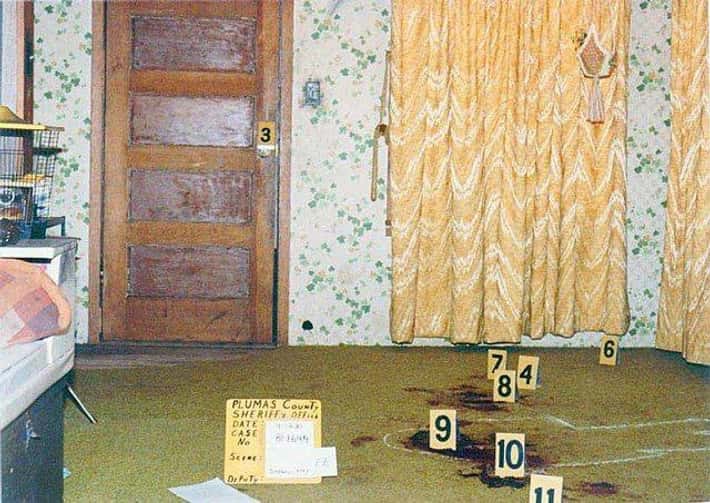
After divorcing her husband, Sue Sharp and her five children relocated from Connecticut to Keddie, CA, seeking a fresh start. Sue, along with her 15-year-old son John, 14-year-old daughter Sheila, 12-year-old daughter Tina, and her two sons, 10-year-old Rick and 5-year-old Greg, quickly integrated into the community, forming friendships with their neighbors. However, their newfound sense of belonging was shattered in the early hours of April 12, 1981.
That morning, Sheila returned home from a neighbor’s house to find a horrifying scene. Her mother, her brother John, and his friend Dana Wingate had been brutally murdered during her absence. Meanwhile, Rick, Greg, and a visiting friend were asleep in an adjoining room, seemingly unaware of the deadly attack. To her shock, Sheila opened the front door, saw the gruesome sight, and immediately ran back to the neighbors to call the police.
The three victims were bound with medical and electrical tape and had suffered multiple injuries, including bludgeoning, stabbing, and strangulation. First responders reported blood splattered throughout the crime scene—on the walls, ceilings, floors, and furniture, as well as in Tina’s room. The brutality of the scene was so overwhelming that investigators did not realize Tina was missing until several hours later.
Despite extensive investigations, authorities never apprehended the killers, and it took three years for Tina’s body to be discovered. The FBI and local police made several critical errors during the investigation, leading the community to speculate that law enforcement might have been involved in or covering up for the murderers. Although no clear motive was established, there were rumors that Sue was having an affair with a neighbor. When the local sheriff identified his friends as primary suspects, he advised them to leave town. In a startling turn, the neighbor’s wife approached police with a letter in which her husband confessed to the crimes.
Despite the damning evidence, no further action was taken on this lead. When investigators reopened the case in 2013, they uncovered indications that the neighbors and the police who had questioned them might have been involved in a drug-smuggling operation. They also found a weathered hammer and knife that could potentially be linked to the murders. However, to this day, no one has been charged in connection with the massacre.
1. When a Search Party Set Out to Find Their Missing Coworker, They Stumbled Upon a House of Horrors Instead

In 2014, Kazeem, a motorcycle taxi operator from Ibadan, Nigeria, sent urgent text messages to friends and coworkers, revealing that he was being held captive in a remote forest. He pleaded for help, explaining that he had been lured to the location by two customers who requested a ride. Once he arrived, he was k!dnapped.
When a search party gathered near the forest to locate Kazeem, they discovered an abandoned building filled with decompos!ng bodies, skeletons, and dismembered remains. Inside, a group of severely malnourished individuals was found shackled in leg irons, while more victims were hidden in the surrounding brush. The horrific scene stretched over 15 kilometers, scattered with human remains and decaying parts. Trag!cally, Kazeem was not among those rescued by law enforcement.
Further investigation revealed that the site, once used for construction, had been taken over by criminals who operated a business selling body parts for black magic rituals. Victims were subjected to r*pe, torture, and m*rder, leaving behind personal belongings such as passports, shoes, clothes, travel bags, and driver’s licenses.
While residents living near the forest were largely unaware of the full extent of the atrocities occurring in their vicinity, they knew the area was perilous, particularly after dark. Many had reported their concerns to the police, but the authorities failed to act on the tips. Frustrated by the lack of response, local citizens rioted, demanding that officers resume their search for any remaining survivors in the “house of h*rrors.”
